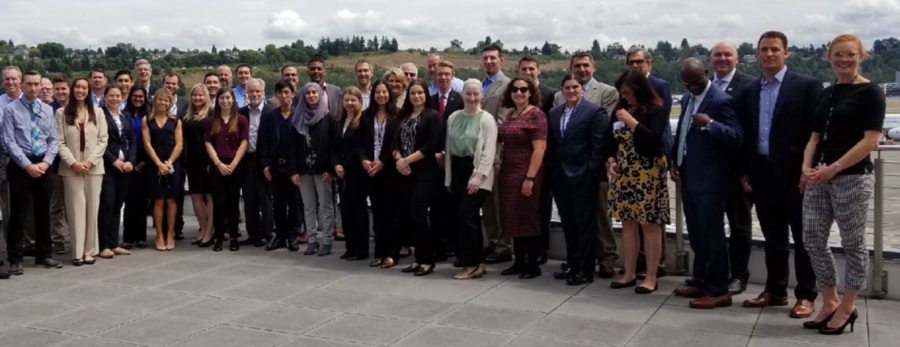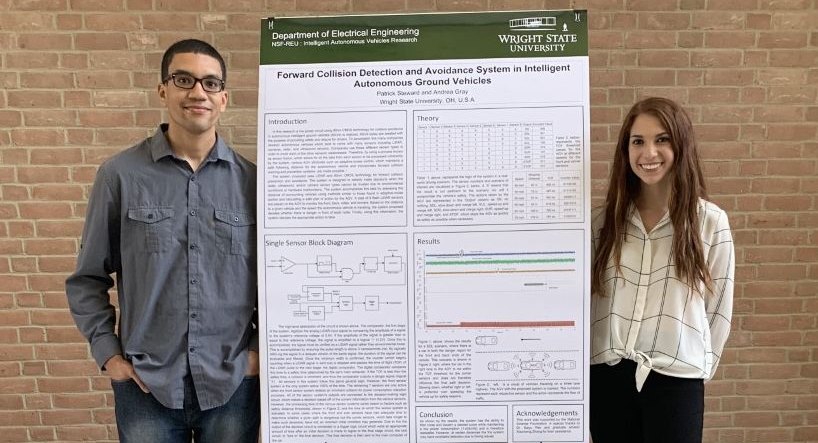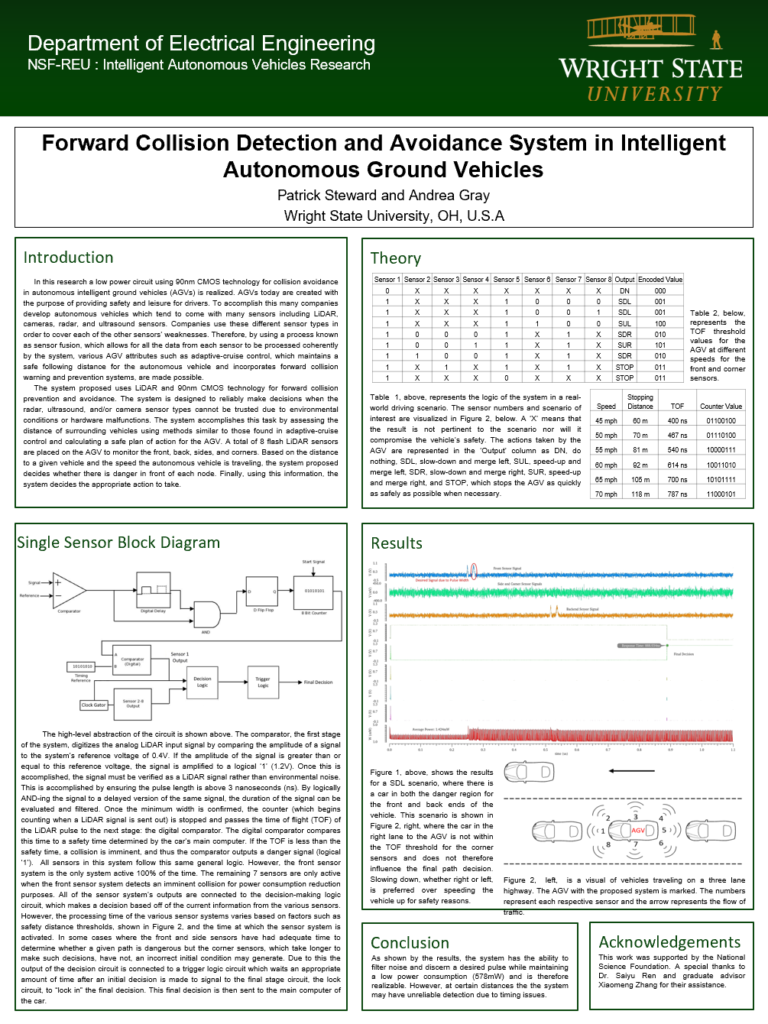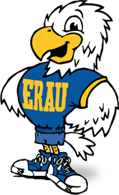by Dai Ibrahim
This summer I had the opportunity to work at The Boeing Company in Seattle, Washington. As an Embry-Riddle Software Engineering Student, I was a part of the cyber security product development team. I quickly found out that ERAU students’ reputation precedes us. When I told my co-workers that I attend ERAU, they all praised the university and the students. My team especially loved ERAU because of our manager, Sheila B. Reilley. I had the pleasure to work with Sheila before she retired after 30+ years at Boeing. I will forever be grateful to Sheila for giving me the opportunity to work with her team this summer.
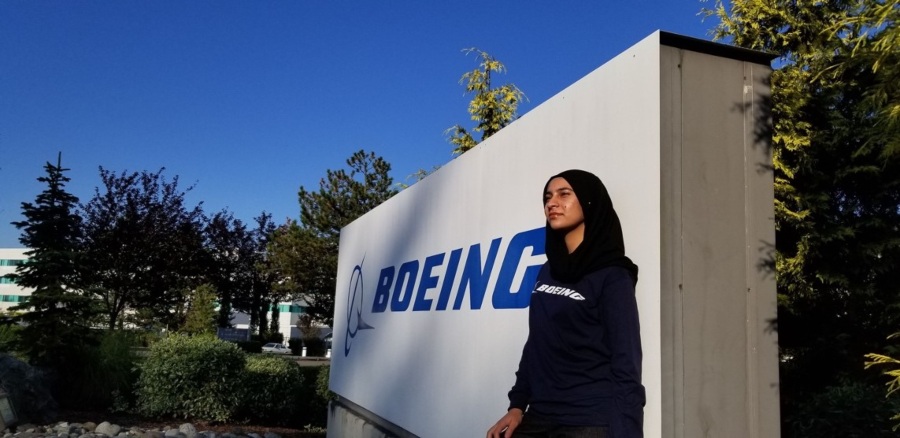
I worked with two different groups within the team over the 12 weeks I was there. At first, I worked for autonomous systems. Within autonomous systems, I worked with my team lead, ERAU Alum Alan Tomaszycki, and the College of Security and Intelligence on developing a multi-discipline capstone project. I was also able to contribute to a patent that is in the process of getting approved.

After that project was complete, I went on to work with the rest of the team in Seattle where I worked on front-end development which is what I am really interested in. I was put on a team developing a front-end for airplane log data that was in JSON format. I was assigned to work with one other intern on the front end while two interns worked on the back end of parsing the logs. My partner and I started by getting requirements from the members of the team that were going to be the primary users. After gathering the requirements, we started by experimenting with the designs and making wireframes and screen-flows that imitated what we wanted the displays to look like and satisfied the requirements. When the basic design process was done, we started working on use case scenarios. We came up with six different scenarios for how the displays could be used. We then revisited our designs, and we altered them so they would better reflect the scenarios. The software engineering courses that I took over the past three years have prepared me for the real-world applications of the engineering process.
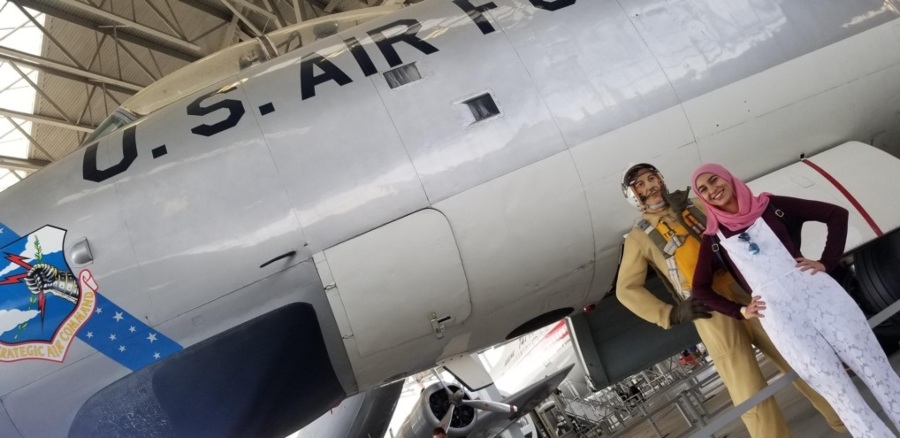
We had weekly meetings with the team and the project leader to go over our designs to ensure that they aligned with the needs of the team. After we got the okay on our designs, the next step which I was in charge of was implementation. I got the data that the back-end team produced, and I used python and TKinter to make the front-end piece. Programming the display was the easiest and most enjoyable part for me. I requested a code review with some of my coworker to get feedback on my program, and I got lots of comments praising my code. My coworkers pointed out that they can tell that I am a software engineering major and not CS like most of the interns because of how maintainable and well written my code was, and how well I documented it. During this whole process, I discovered that the ERAU software engineering classes have equipped me with all the skills and the knowledge that I need in the field and the ability to adapt to new challenges. I was more knowledgeable about the software engineering process that most interns, and I owe it to the SE professors who prepared me to make it all possible.
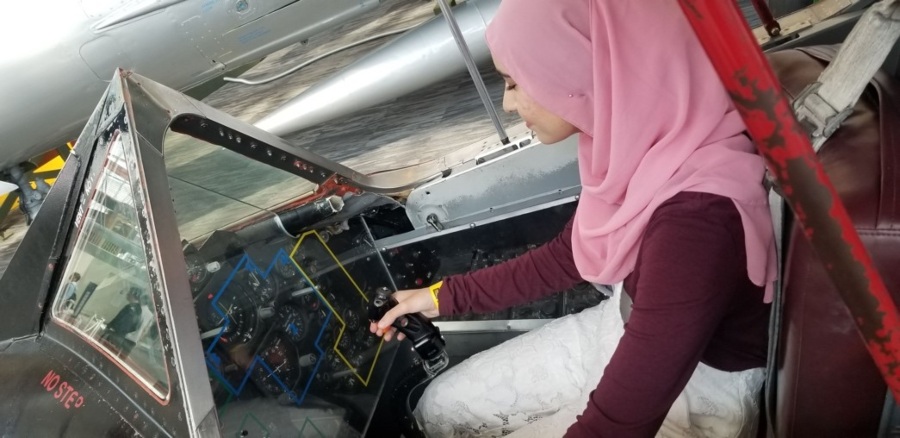
I learned so much from my team over the 12 weeks. Most importantly, I learned about the software engineering process for front-end development. I am now certain that I want to pursue front-end development as a full-time career. I was given a return offer to Boeing for an internship next summer with the same team on my last day. I had a blast working with my team this summer, and I can’t wait to see what I will be working on next summer.
